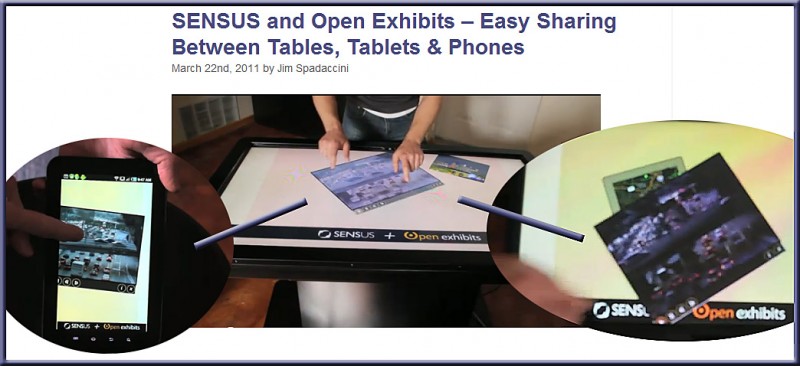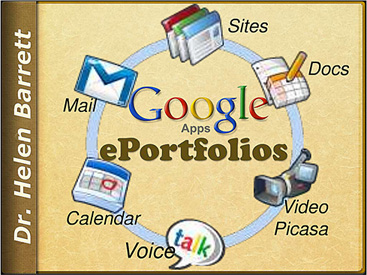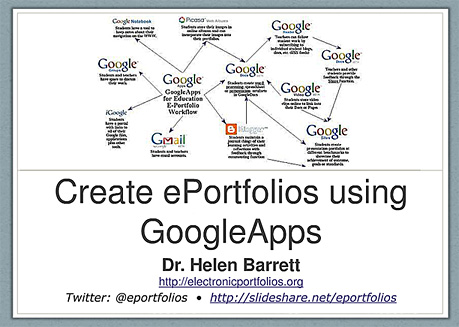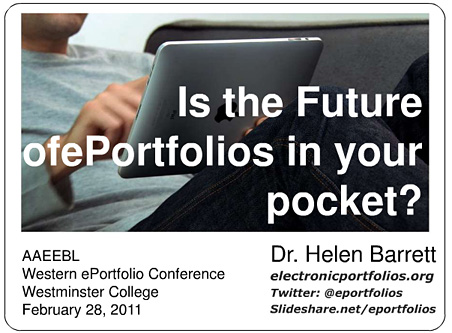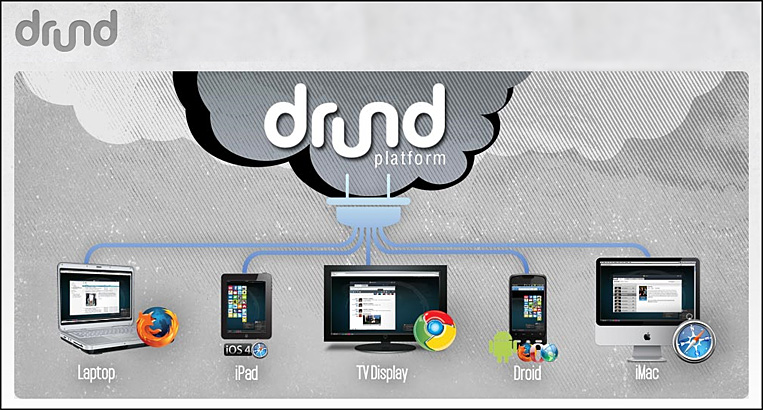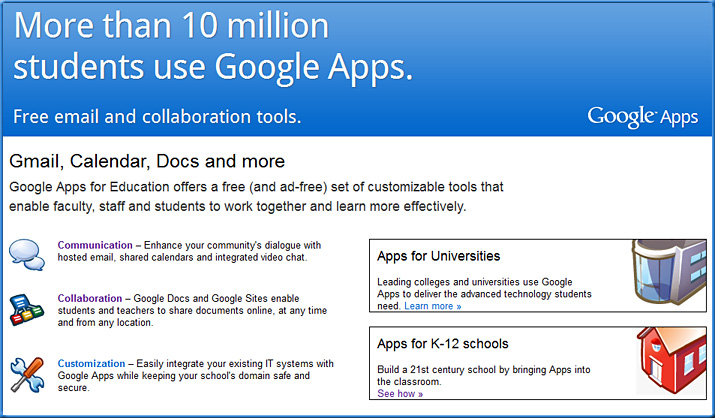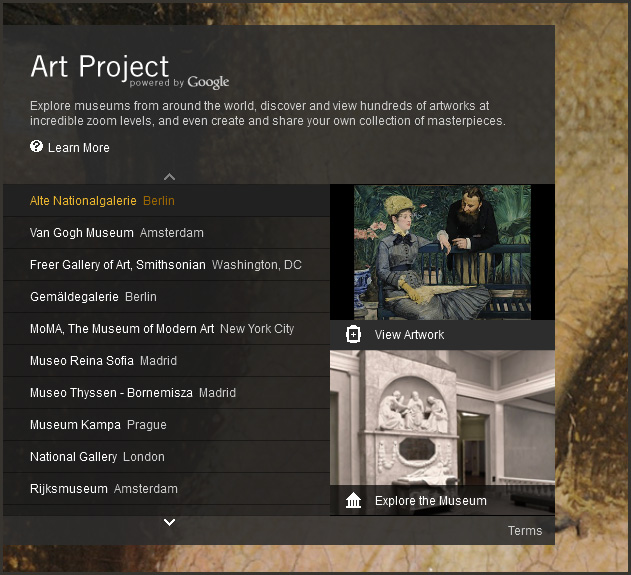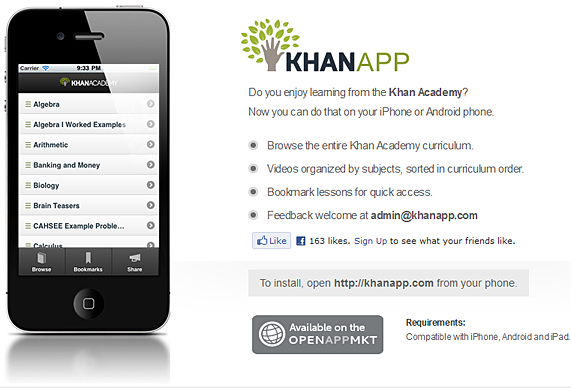Google’s Gadfly — from InsideHigherEd.com
“Uncomfortably familial.” That is how Siva Vaidhyanathan, a professor of media studies at the University of Virginia, describes the relationship between higher education and Google — a company that has, in a little more than a decade, evolved from pet project of Stanford doctoral students to chief usher of the information age.
…
But as is often the case with cousins, the genetic differences between higher education and Google are more striking than their similarities. Beneath the interdependence and shared hereditary traits, tensions creep. And like an awkward Thanksgiving dinner, Vaidhyanathan’s new book, The Googlization of Everything (And Why We Should Worry) (University of California Press), provokes these tensions to the surface.
The Virginia professor, who is not afraid to confess his affection for the ease and usefulness of Google, nevertheless distrusts the company’s basic motivations as it vies for our intellectual inheritance. “Google has fostered a more seamless, democratized, global, cosmopolitan information ecosystem,” he writes. “Yet it has simultaneously contributed to the steady commercialization of higher education and the erosion of standards of information quality.”









